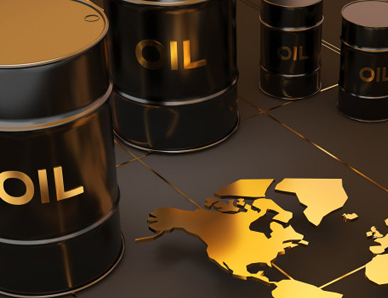Plastic-Compound-Factory
Plastic Compound Factory

As factory We focus on the production and development of both virgin and recycled or mixed plastic compounds in the fields of PP, PS, PC, PE, and ABS as per customer request and required or based on received formula from clients. With advanced production equipment and adherence to standardization principles in the production process, the company is committed to improving its activities. Our products are suitable for different industries such as pipe , film , automotive , houseware, container , drum , caps , bin , jar , crates , … applications
Our compound products are exported to Turkey , Pakistan , Afghanistan , Iraq and CIS countries.
PE compounds are a combination of ‘PE and CaCO3’ and are mainly used for PE bags and films, blow mold and injection mold products based on LDPE, HDPE, LLDPE or a combination of them.
PE is the major material in the compound (70-95%), the remaining (5-30%) contains CaCO3 and some additives. Therefore the quality of the compound is very close to PE raw material.
In some cases you can use this compounds directly as an alternative to the PE resin to produce products such plastic bags, blow molding dishes, disposable tablecloths and etc.
We are ready to produce anything you need or ask for in plastic division for injection , blow and extrusion molding applications.









